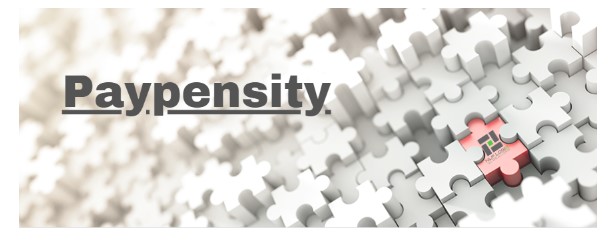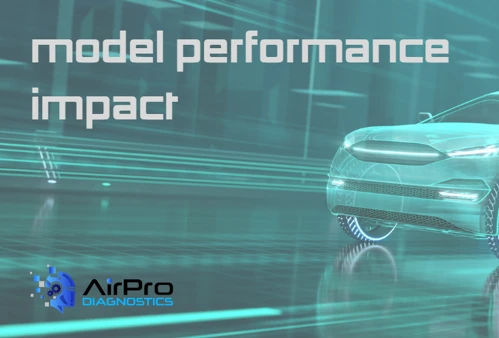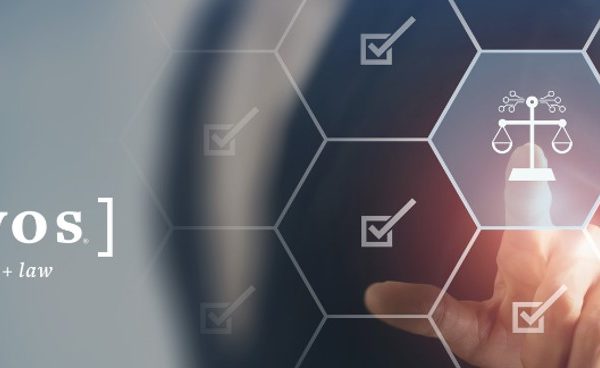Propensity to Pay – Machine Learning Model Development
Have you called, sent emails, and taken the last-ditch effort of snail mail? Is the price of debt recovery putting you in debt? How do you persuade a customer in today’s economic environment to pay their debt? Perhaps it is not about persuasion but understanding the propensity to pay.
Finding a customer’s propensity to pay can offer:
- Likelihood of payment, taking into account Date of Service Age, Date of Placement age, Balance, Location (income, economics, education, etc.)
- Consumer’s preferred communication method
- Time of day patient prefers communication
Since 2014, NLP Logix has been partnering with companies in the debt recovery industry to build machine learning models that better predict customer accounts and their propensity to pay. By working with the debt recovery organization’s engineers models are seamlessly integrated into their current operations, providing analytic dashboards for tracking KPIs.
Organizations working in accounts receivable management face increasing costs, significant regulation, and changes in consumer behavior. NLP Logix Technical Lead, Katie Bakewell states, “The first hurdle in tackling accounts receivable is contacting the consumer – which could mean getting them on the phone or sending a letter or text. Focusing on the propensity to pay strategies enables organizations to concentrate their efforts by reaching out to their consumers using the method the consumer most likely prefers while minimizing cost, thus increasing right party contacts.”
Key challenges:
- Consumers answer their phones less frequently
- Rules limiting the number of contact attempts
- Letters costs have increased by more than 20%
Through its machine learning product Paypensity Paypensity Named 2019 Top Innovative Product by Receivables Advisor • NLP Logix, NLP Logix provides accounts receivable management and collections organizations with Artificial Intelligence/Machine Learning technology. This offers the ability to increase collections & debt recovery through the creation of data-driven, customer-specific contact strategies, dynamic scoring, and advanced analytics.
Activities to build and train custom tabular machine-learning models based on each debt recovery partner’s unique historical data include:
- Gathering historical data
- Understanding the data
- Performing an analysis of the data
- Training the machine-learning model
- Providing analytics dashboards, to visualize data and review insights
- Integrating the model into the partner’s systems
- Supporting and providing maintenance
Propensity to pay is generally successfully completed within the span of 8 weeks, which allows for quick capitalization on the returns of the model output and aligning their contact strategy with the model insights.
Learn more Collection Scoring Model for Debt Collectors • NLP Logix





